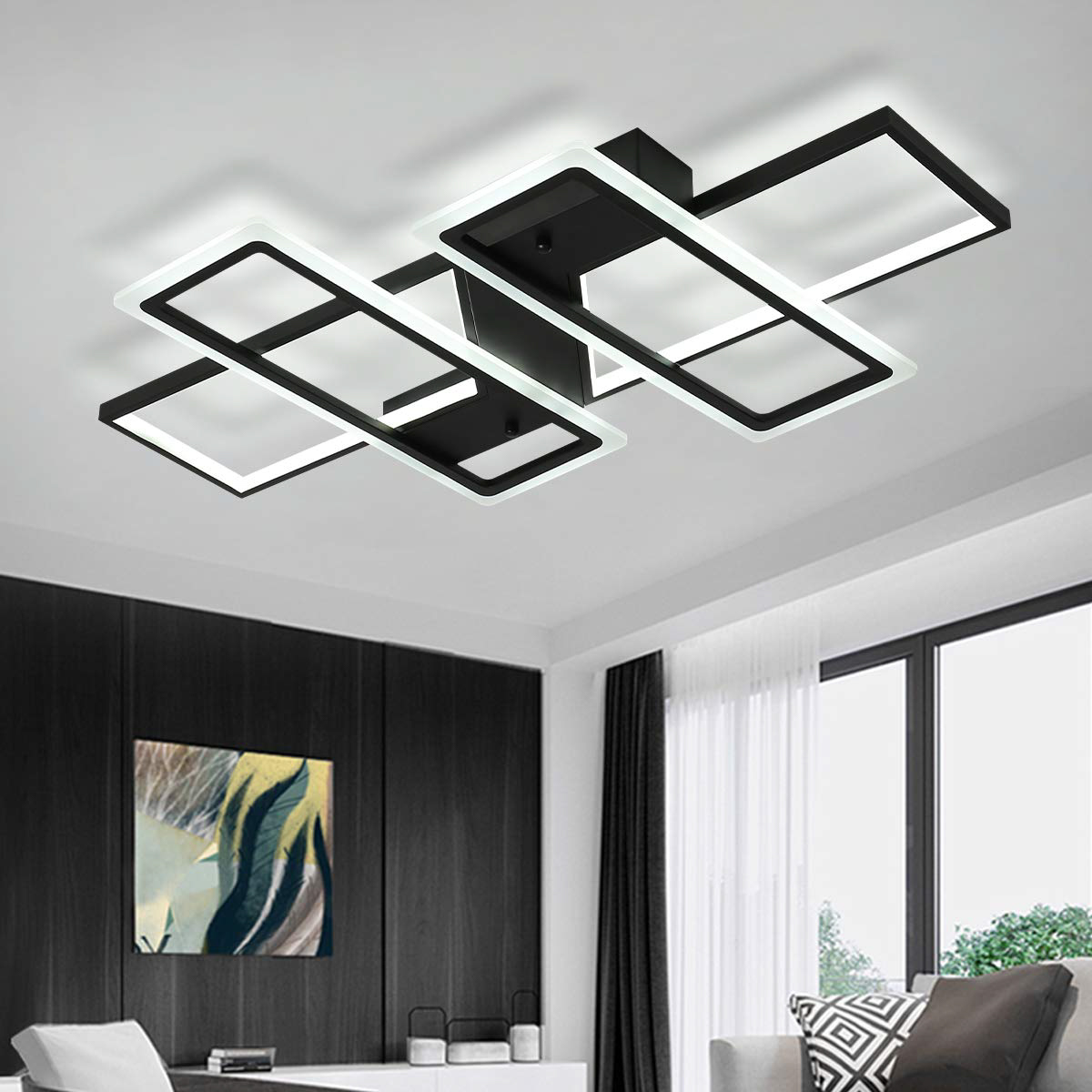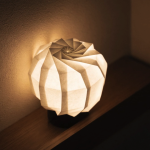
Introduction
The living room is the central hub of every home. It’s where we relax, entertain guests, and spend time with family. One of the most critical design elements of a living room is the ceiling. A well-designed ceiling can elevate the entire room’s aesthetic, provide functional benefits, and even impact our moods. This article will explore the importance of a well-designed living room ceiling and the different types of ceilings to consider.
The Aesthetic Benefits of a Well-Designed Living Room Ceiling
The ceiling is often referred to as the “fifth wall” of a room. Without a doubt, a beautifully designed ceiling can create a stunning focal point and enhance the entire room’s beauty. Here are some of the aesthetic benefits of a well-designed living room ceiling:
1. Adds Dimension and Interest
A simple, flat ceiling can make a room feel dull and uninspired. On the other hand, a ceiling with texture or architectural details can add depth, dimension, and visual interest. Coffered ceilings, tray ceilings, and patterned tin ceilings are all great options.
2. Enhances Lighting
A well-designed ceiling can also help enhance the lighting in the living room. For example, a ceiling with recessed lighting or cove lighting can provide ambient lighting that creates a warm, inviting atmosphere.
3. Defines the Space
If you have a large living room, you may want to consider using the ceiling to define different zones or areas. For instance, a raised ceiling in the seating area can create a cozy, intimate space, while a lowered ceiling in the dining area can make it feel separate and distinct.
The Functional Benefits of a Well-Designed Living Room Ceiling
In addition to aesthetic benefits, a well-designed living room ceiling can also provide functional benefits. Here are some examples:
1. Enhances Acoustics
If you love to entertain, you may want to consider a ceiling design that enhances the acoustics of the living room. Vaulted ceilings or those with angled surfaces can help bounce sound around the room, creating a warmer, more immersive listening experience.
2. Improves Energy Efficiency
A ceiling with insulation or radiant barriers can help prevent heat loss in the winter and retain cool air in the summer. This translates to lower energy bills and a more comfortable living space all year round.
3. Conceals Imperfections or Wires
If you have exposed ductwork, pipes or wiring in the living room ceiling, a false ceiling can be an effective way to conceal these imperfections. A false ceiling can also provide a way to hide unsightly electrical box covers or other necessary but unattractive features.
The Different Types of Living Room Ceilings to Consider
There are several types of living room ceilings to consider when designing or upgrading your living room. Here are some examples:
1. Coffered Ceiling
A coffered ceiling is a style that features sunken panels, often with decorative trim. Coffered ceilings can add depth, dimension and visual interest to a living room.
2. Tray Ceiling
A tray ceiling is a ceiling design where a rectangular or square section of the ceiling is recessed, often with additional layers or lights. Tray ceilings add architectural interest and can also enhance lighting.
3. Cathedral Ceiling
Cathedral ceilings are high ceilings that follow the shape of a roofline. Cathedral ceilings create a spacious and open feel in a room and can add an element of grandeur to the space.
4. Drop Ceiling
A drop ceiling, also known as a suspended ceiling, is a budget-friendly option for concealing exposed pipes, ductwork or wiring. Drop ceilings consist of a grid and tiles that can be easily removed to access wiring or plumbing.





